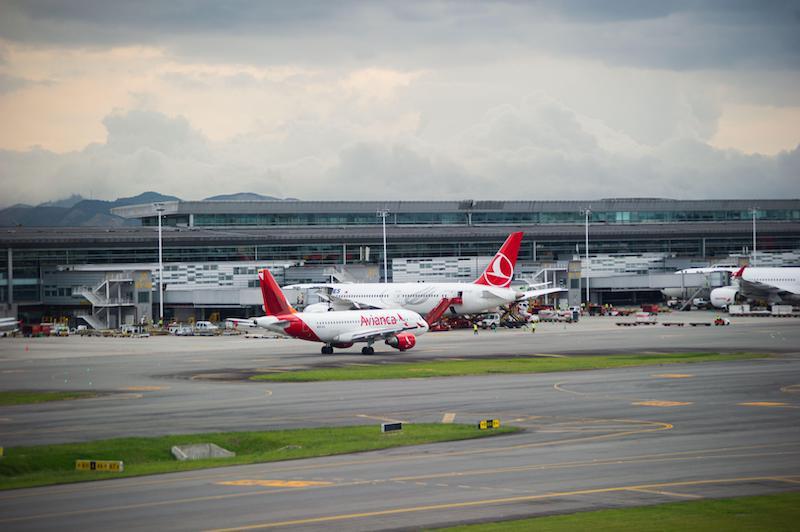
Governments in Latin America must further liberalize air transport policies if the region’s aviation market is to fulfill its potential, according to the director general of airports trade body Airports Council International Latin American and the Caribbean (ACI-LAC).
Speaking ahead of Routes Americas 2024, taking place in Bogotá, Rafael Echevarne highlighted the need to cut bureaucracy and tax burdens, as well as reducing barriers for airlines to open routes to new markets. He explained that easing airport access and rules for foreign carriers would lower costs, increase connectivity and bring economic gains.
“We aim to … convince governments and international organizations in the region to open up the market, regardless of its source, as long as it complies with all safety standards,” Echevarne told Routes. “While it’s not as simple as waving a magic wand, there is a need for action within the region to promote liberalization.”
Echevarne said that Latin America lacks a supranational body similar to the European Union, meaning protectionist policies often come into play. A key aim for ACI-LAC is therefore to help stimulate intra-regional air travel to better connect economies and regions, including increasing international links from secondary and tertiary cities.
More News And Analysis From Routes Americas 2024
Analysis of OAG Schedules Analyser data for the upcoming northern summer 2024 season reveals 462 intra-regional international routes are scheduled to operate within Latin America and the Caribbean during this period. While the geographical and political landscape differs significantly, this figure stands in stark contrast to the 6,400-plus intra-regional international routes in Europe.
“While understanding the difficulties, challenges and politics involved, we look to Europe as an example of what we should aspire to—perhaps not full open skies, but the possibility of airlines flying between countries without including their own,” Echevarne said.
He added that the lack of international service from secondary destinations is “absurd when compared to other parts of the world.” Taking Peru as an example, the country has a population of about 33 million people, yet about 98% of its international traffic is via Lima. Likewise, almost 99% of international traffic passes through Chile’s capital Santiago.





